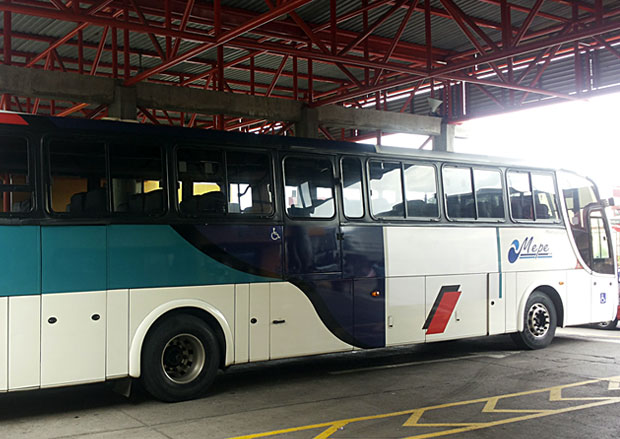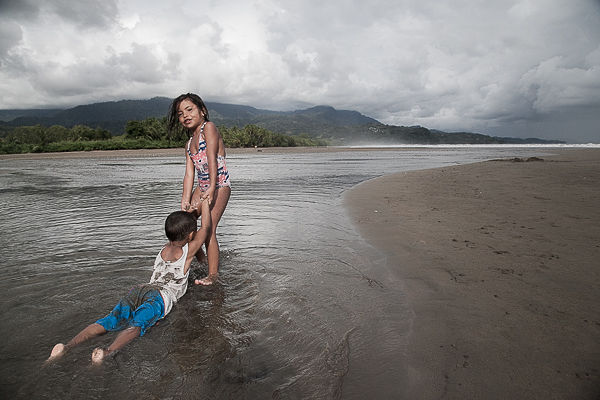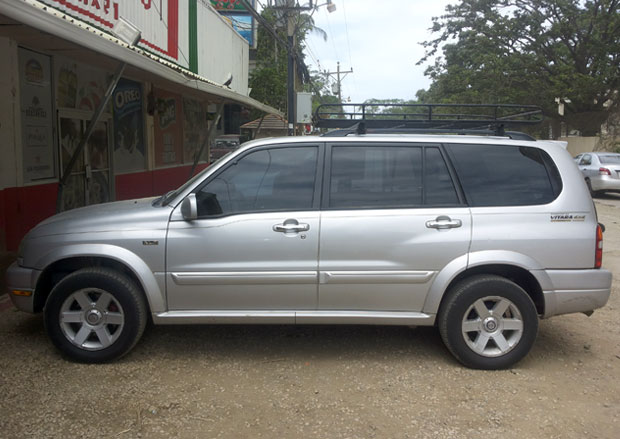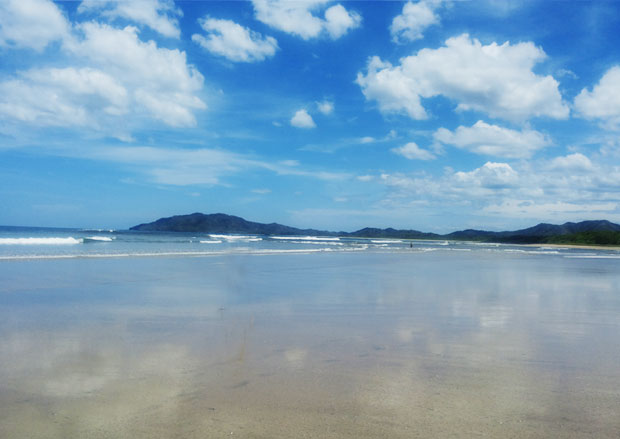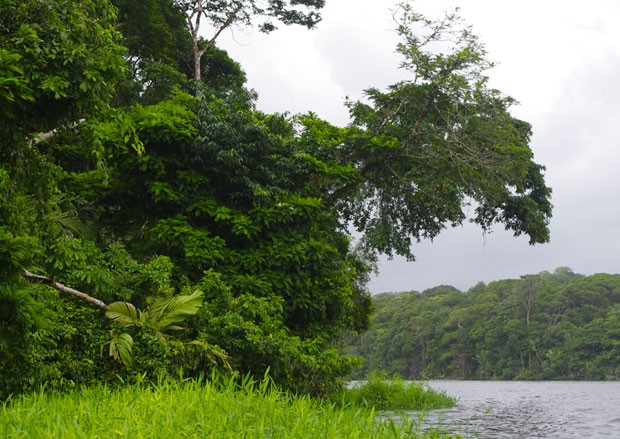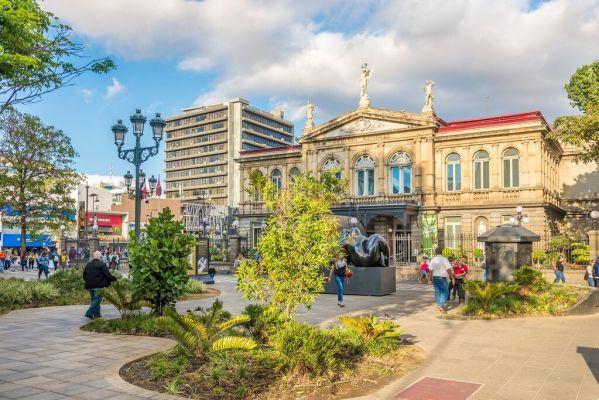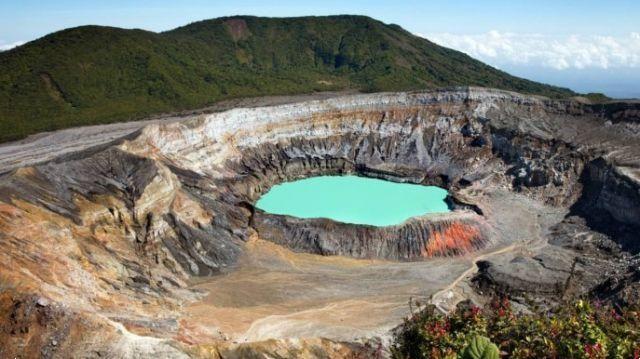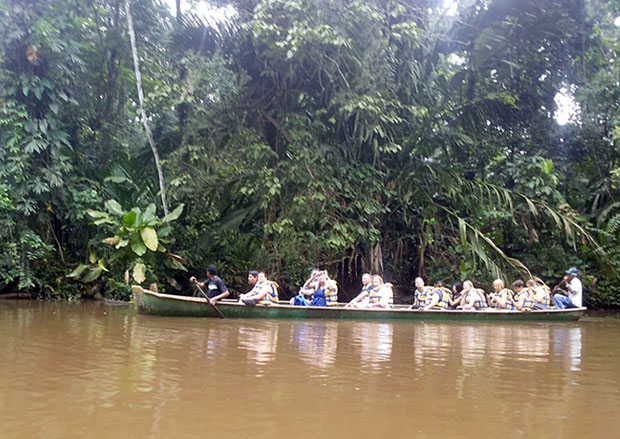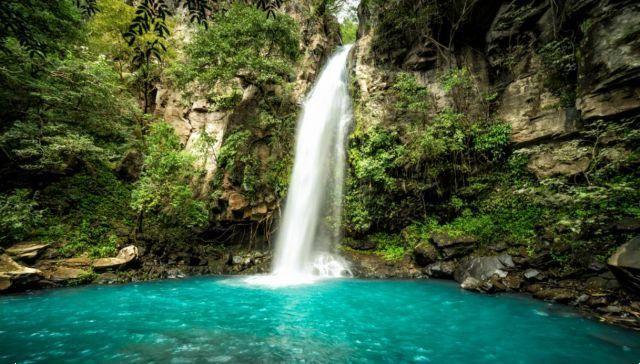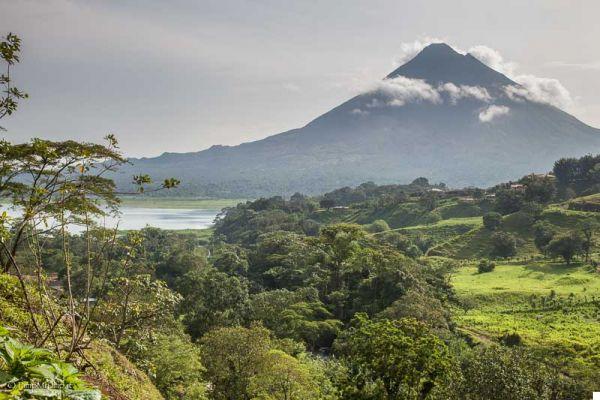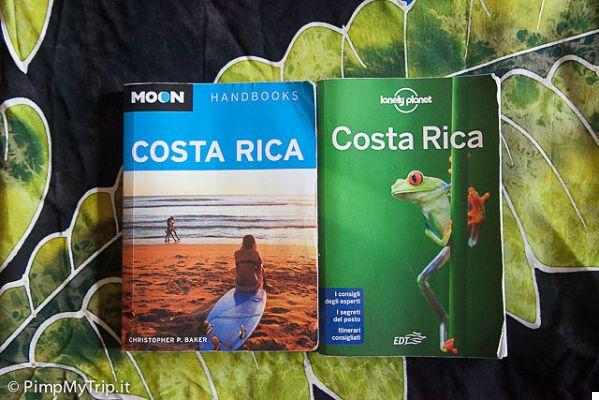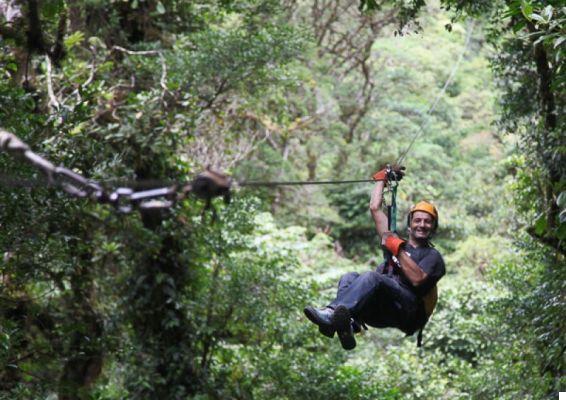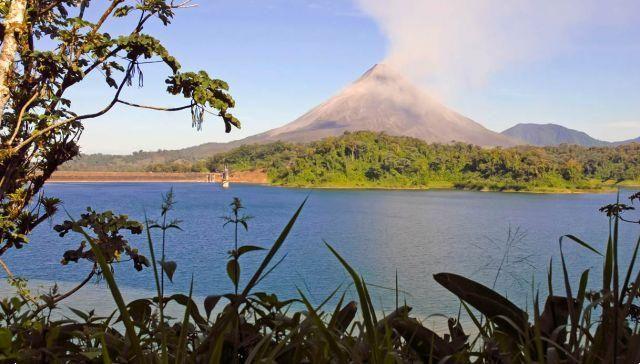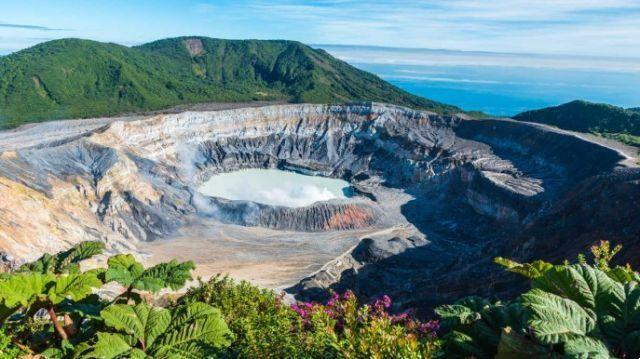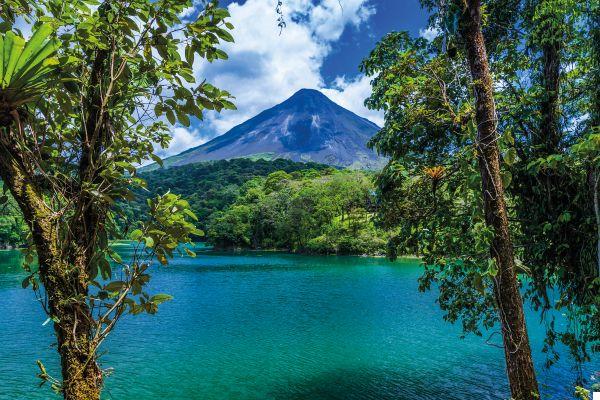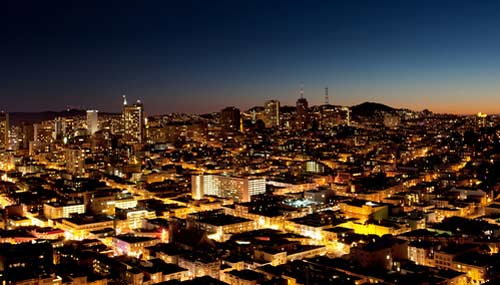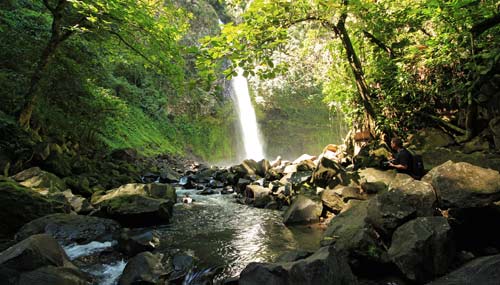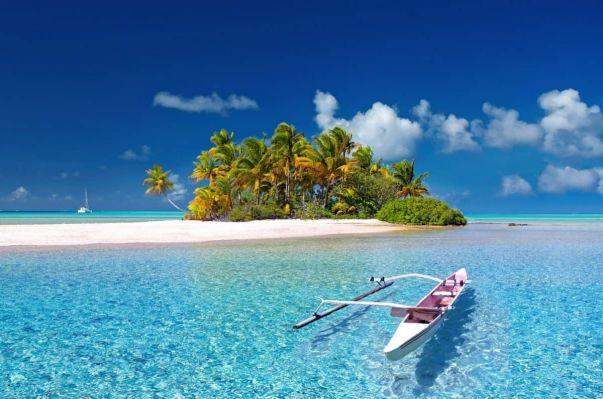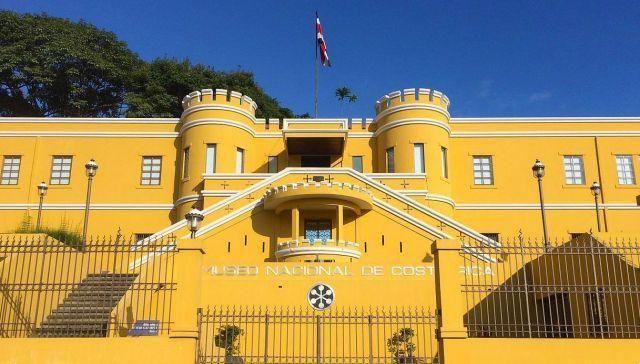 San José, the political, cultural and artistic capital of Costa Rica: let's discover its wonders in a two-day itinerary
San José, the political, cultural and artistic capital of Costa Rica: let's discover its wonders in a two-day itinerary
The capital of Costa Rica, San Jose, is a city often underestimated by tourists and the reputation of a chaotic and uninteresting city has influenced its attractiveness in the past but today, important redevelopment works and a more active promotion policy are reversing the trend.
Located on the fertile plateau of Central Valley, at around 1100 meters above sea level, San José is located in the geographical center of the country and plays the role of the political and commercial heart of the state, after a long past which had seen it in the background compared to the cities of the coast.
The climate in the entire area around San José is mild throughout the year, with temperatures ranging between 25°C in April, the warmest month, and 20°C in October, the coldest month. As regards rainfall, most of the rains are concentrated in the months between August and October, while in the rest of the year they are scarce and the days are almost always clear. In this guide we will discover the destinations not to be missed in the city and in the surrounding areas for an unforgettable trip to San José in Costa Rica.
The first day in San Jose can be dedicated to the main attractions of the Old Town, after having recovered from the apparent chaos of the city and having begun to appreciate the liveliness and friendliness of the josefini. One way to immediately get to the heart of the city is to visit the most important local markets, the Mercado Central and the Mercado Artisanal, where you can come into contact with the most authentic side of San José and its inhabitants.
Il Central Market it is the most important commercial square in the city, where you can find all the typical products of Costa Rica in a true explosion of colors and scents and taste the delicious fried plantains of the local culinary tradition. The Artisanal Market it is instead a center where artisans from all over the country gather to sell their works created with patience and experience.
To learn about the history and traditions of Costa Rica, the best choice is to visit the most important museums in the city, where it is possible to admire the evidence of the millenary civilizations that have lived in this country. The tour must begin with the Museo de Oro Precolombino, which collects an immense quantity of gold artefacts made by pre-Columbian civilizations and a very rich collection of coins recovered from Spanish galleons sunk off the coast of the country.
To learn about the more recent history of Costa Rica and especially San José, the most suitable museum is the Nacional History Museum, housed in the old Spanish Fortress Bellavista, where objects and documents have been collected that narrate the events of the state from independence in 1823 to today, including curious objects such as presidential fountain pens. To conclude the itinerary in the city we recommend reaching the neighborhoods of Los Yoses and San Pedro where the most fashionable restaurants and clubs in San José are concentrated.
The second day can be dedicated to a suggestive trip around the capital, starting from Alajuela, where you can experience firsthand the most authentic Costa Rican atmosphere among stalls of typical products and visits to interesting colonial buildings, such as the enchanting city cathedral with its large bright red dome. A destination not to be missed in Alajuela are the springs of Waterhole where a powerful hot current fills the swimming pools of the public thermal park where you can spend a fun morning bathing and diving.
A few kilometers from the capital is the most important religious center in the whole state, Carthage with its Basílica de Nuestra Senora de los Angeles, an imposing church built in the 17th century with clear references to Byzantine art which houses "La Negrita" a black Madonna highly venerated throughout South America. In Cartago there are also the ruins of La Parroquia, an ancient monastic center dating back to the sixteenth century abandoned after a destructive earthquake; today only the external walls of the religious complex remain, which can be visited freely and are rightly considered one of the most evocative places in Costa Rica.
For those who want to live an adventurous experience in the uncontaminated nature of Costa Rica and its forests, the most suitable and easily reachable destinations from San José are the Poas craters, excursions to Turrialba and the volcanic cones of Irazù. THE volcanic craters of Poas they are located just 30 kilometers from Alajuela; in 1953 the last eruption created a large chasm 300 meters deep and since then it has been possible to admire the inside of the crater up close.
A Turrialba, instead, you can take part in an exciting canoe excursion along the two main waterways that cross the Meseta Central region, the Rio Reventazon and the Rio Pacuare. Tour operators in the capital usually organize real mini-tours that allow you to both explore the magnificent tropical forest around Turrialba and put on a life jacket and helmet and then enter the rapids of the river.
Irazu it is the largest active volcano in Costa Rica and from its 3400 meters it dominates the entire surrounding plain, offering those who venture to climb its cone the most spectacular view of all of Central America, which flows from the Pacific Ocean southwards to the Sea of the Caribbean to the north.
After a long day out of San José the best choice is to return to the city and spend a wonderful evening in the neighborhood of Amon neighborhood, the heart of the oldest center of the capital, listening to some live music in front of a plate of Gallo Pinto.




